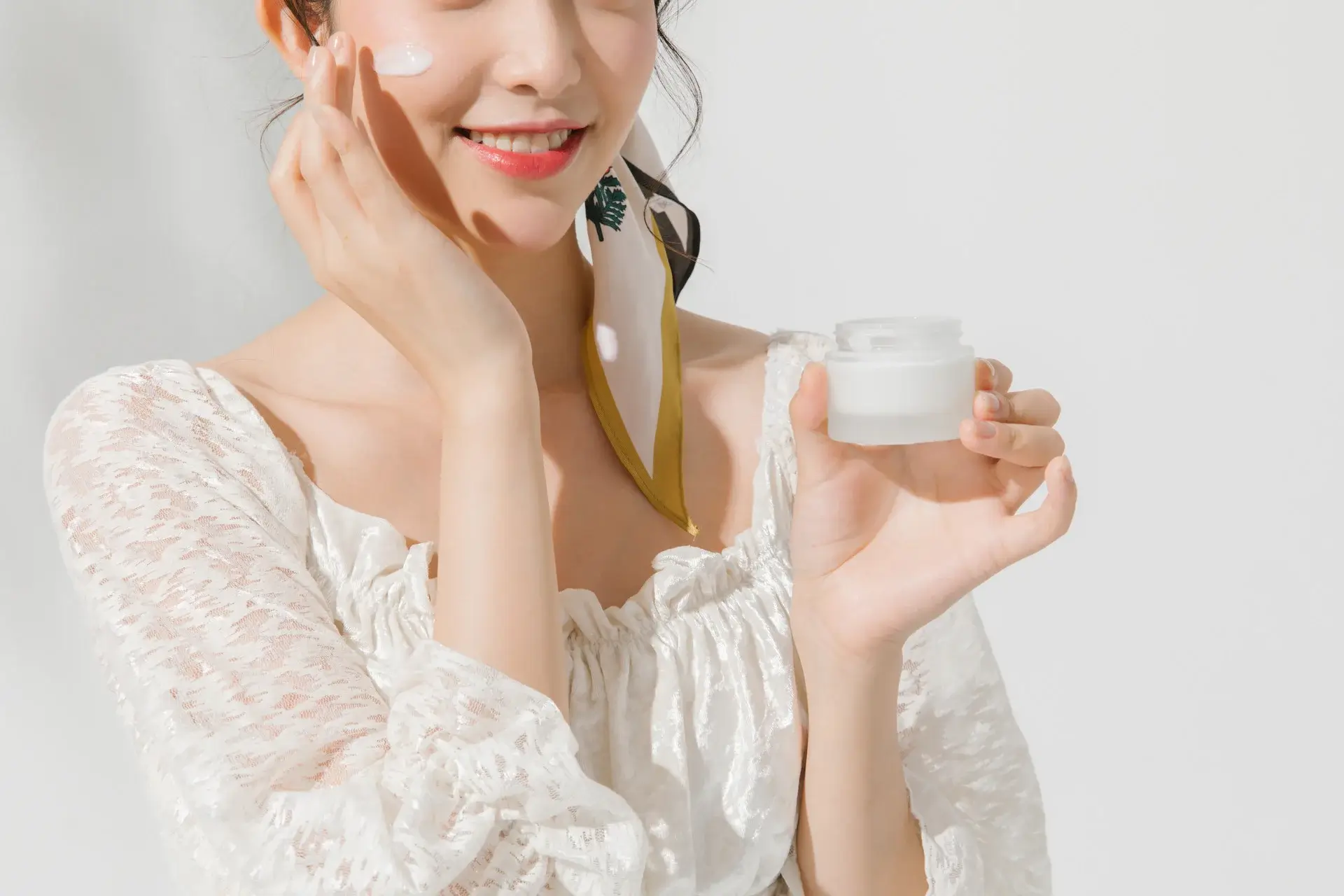Hydrocolloids: Bridging Food and Personal Care Industries

Understanding the Multifaceted Role of Hydrocolloids
Hydrocolloids like xanthan gum, pectin, carrageenan, and Gellan Gum have long been staples in the food industry, lending their texture-altering properties to products like salad dressings, jams, and ice creams. These substances, known for altering the rheology of aqueous solutions, are now finding a new avenue in the personal care industry, replacing synthetic chemicals and catering to the growing demand for all-natural products.
Gellan Gum in Personal Care Products
From Salad Dressings to Moisturizers
Gellan Gum, commonly used to enrich the texture of food, is now enhancing personal care products. Its ability to make a salad dressing feel rich and creamy translates similarly to moisturizers, lotions, and various other personal care products. Gellan Gum finds its place in lotions, creams, hair care products, shower gels, sunscreens, toothpastes, antiperspirants/deodorants, and cosmetics.
Functionalities of Gellan Gum and Other Hydrocolloids
Transforming Product Properties and Applications
- Gelling and Thickening: When dispersed in water, Gellan Gum forms microscopic particles that, at high concentrations, change the flow and spread properties of solutions.
- Gel Formation: Many hydrocolloids can form gels through hydrogen bonding, with their structure, charge, and concentration determining the solution’s rheology.
- Emulsion Stabilization: Gellan Gum surrounds oil droplets in oil-in-water emulsions, preventing coalescence and improving product stability and heat resistance.
- Thixotropic Behavior: Crucial in sunscreens, hydrocolloids help the emulsion recover its structure after application for uniform and long-lasting protection.
The Science and Sources of Hydrocolloids
Natural, Synthetic, and Semisynthetic Varieties
- Common Sources: Synthetic hydrocolloids include acrylic acid polymers (carbomers), while natural ones are derived from plants (pectin, carrageenan), animals (gelatin), or microbes (xanthan gum, gellan gum).
- Xanthan Gum Production: Produced by Xanthomonas campestris, this gum is a result of bacterial fermentation on natural sugars, commonly found in old, slimy cabbage.
- Cellulose Gum: A semisynthetic hydrocolloid created by modifying cellulose with carboxymethyl groups, making it water-soluble and adjustable in rheology and thixotropy.
- Preference for Natural Hydrocolloids: With a trend towards more natural ingredients, many personal care manufacturers are favoring natural over synthetic hydrocolloids.
The Future of Hydrocolloids in Personal Care
Embracing natural ingredients, the personal care industry is increasingly incorporating food-grade hydrocolloids, familiar to consumers, into their products. This shift marks a significant convergence of food technology and cosmetic science, revolutionizing product formulations.
